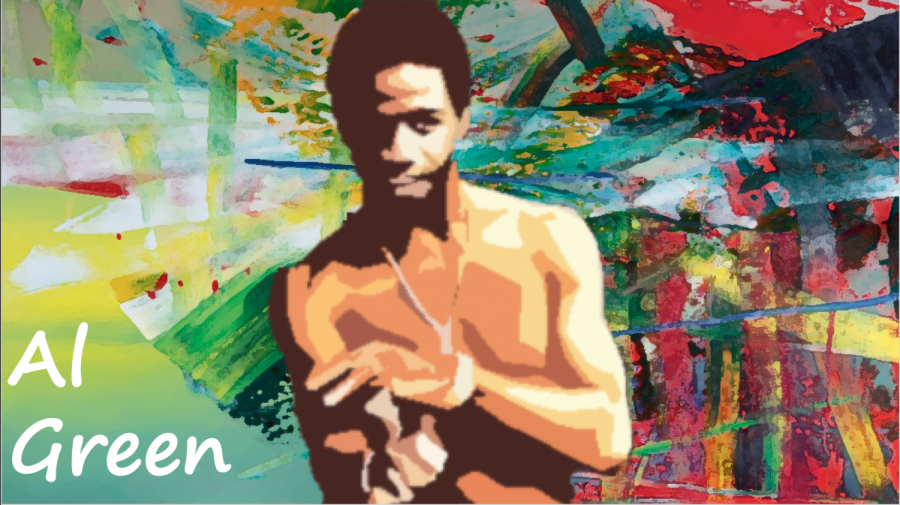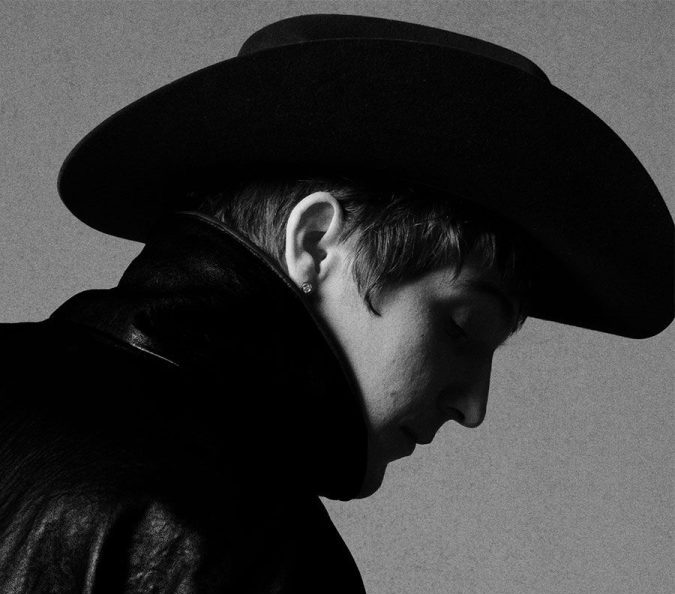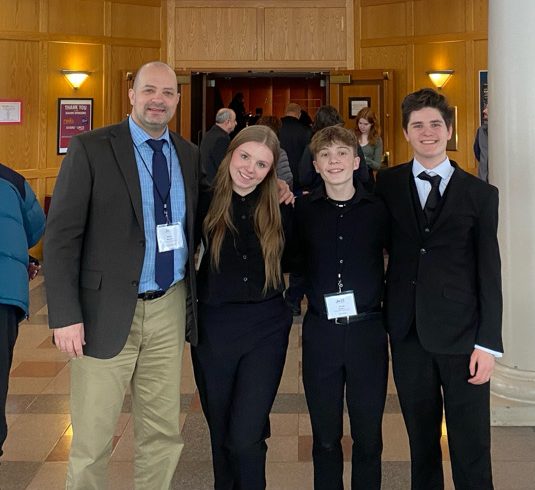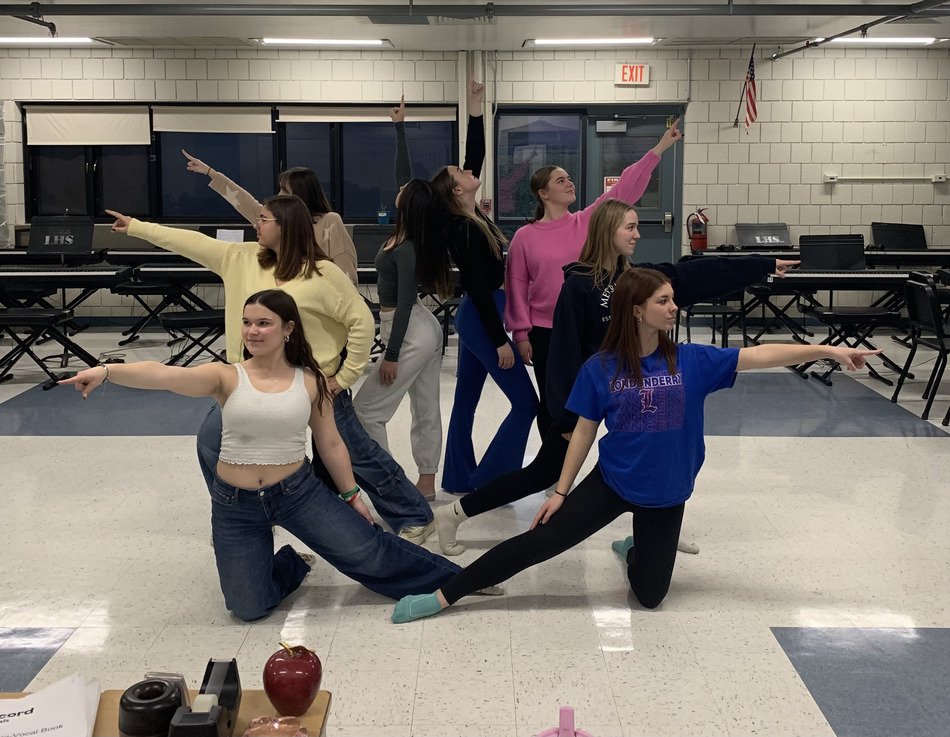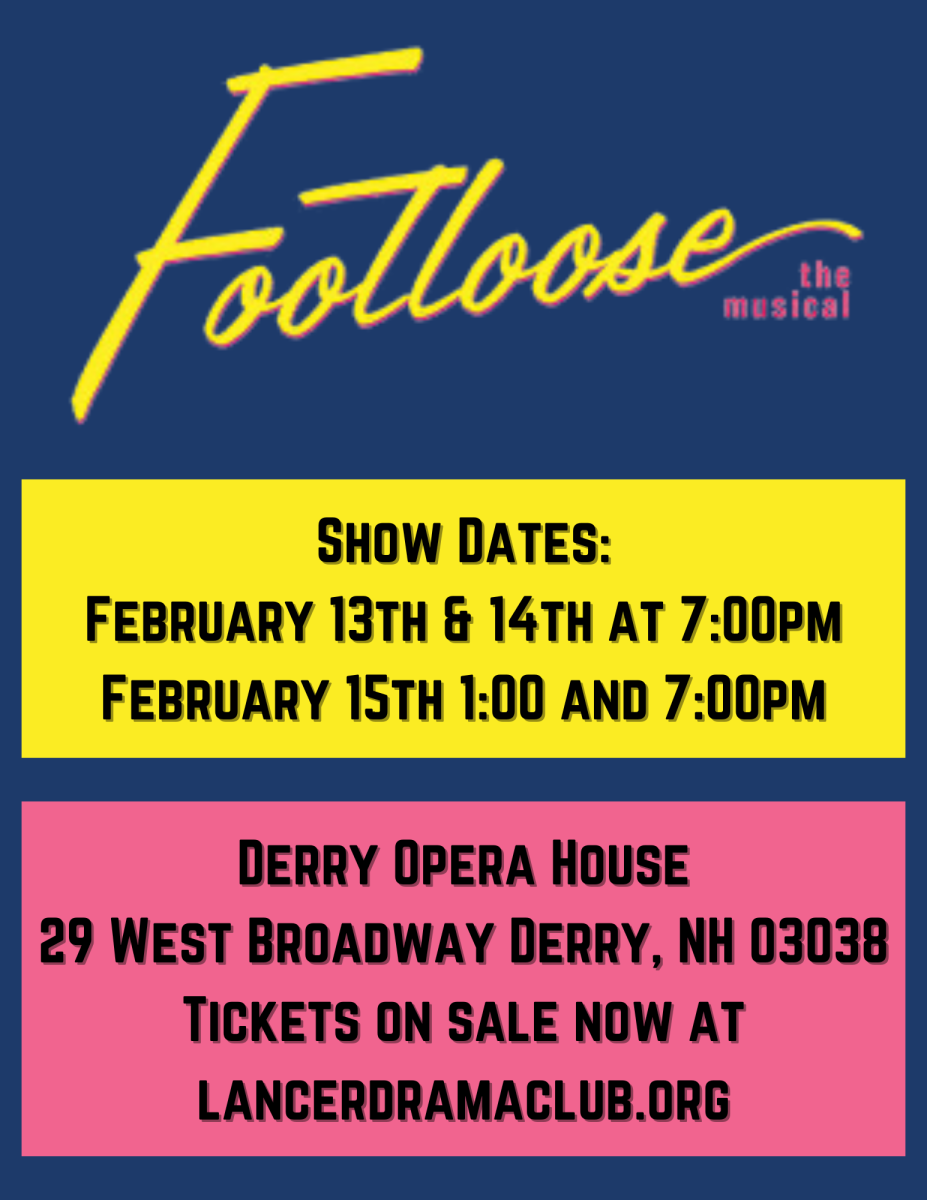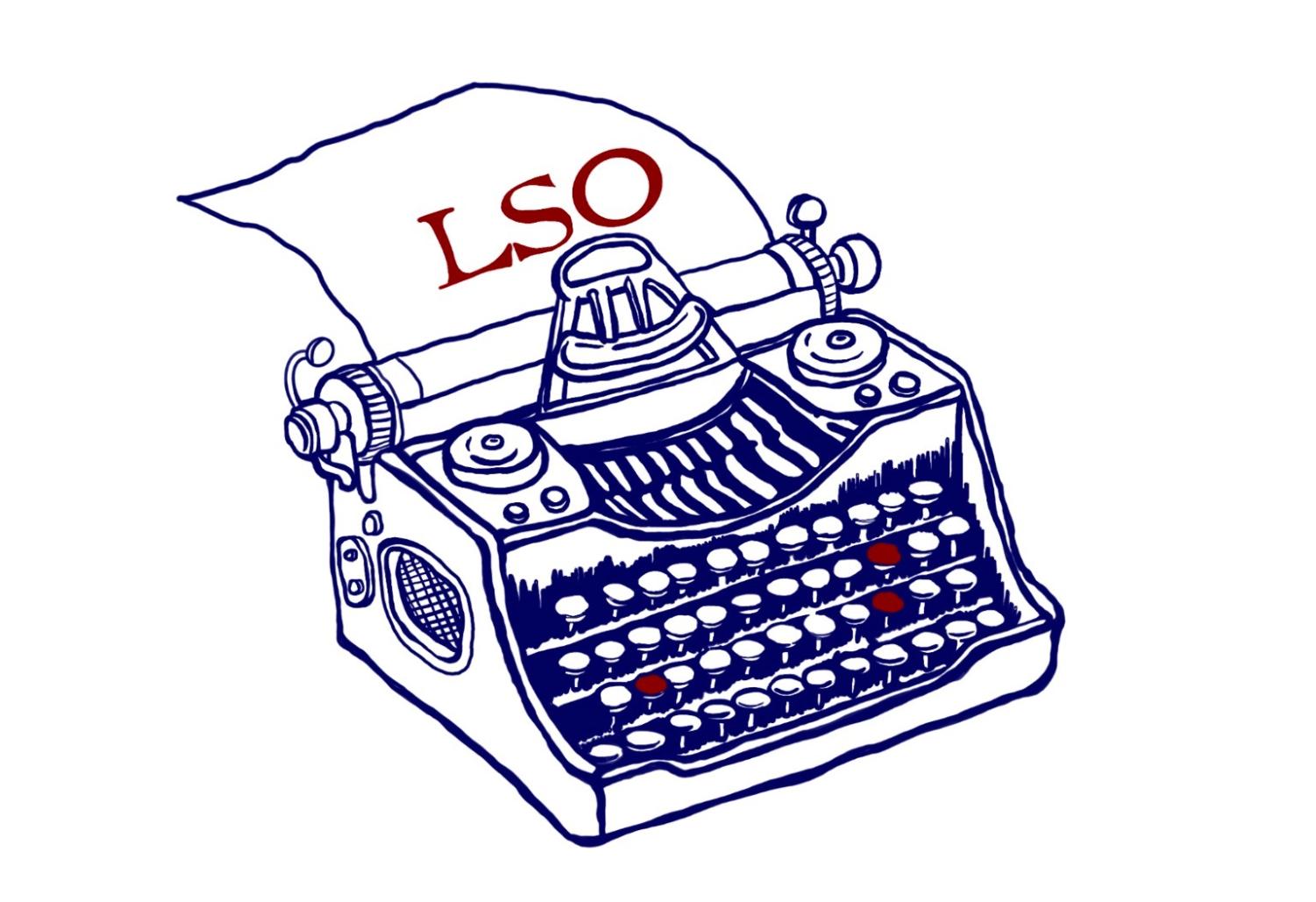He wanted to move us. He wanted to cross the bridge between exchanging pleasantries and seep down into our souls. He wanted to say hello and make us shake because every simple greeting from him was laced with more layers than an “I love you” from anyone else. He wanted to speak our name and make us think nobody could possibly say it better than he could. We were a mountain and he had the music to move us.
“He,” of course, is none other than “The Pastor” himself, Al Green.
“Tired of Being Alone” is classic Al Green. The hopeless romantic lyrics manufacture a desperate sounding serenade that despite being melancholy in nature, has an overall joyous effect on the listener. Green lets off a screeching falsetto or two in the track to add more lighthearted effect, and it culminates into a lyrically and vocally sound song.
Green then transitions the song to the next level with its instrumentation and construction. The iconic, silky R&B sound has its own lasting effect, but the addition of Mo-town brass takes the track up a notch. On top of that, Green is cogent in the delivery of the song, with it lasting all of two-and-a-half-minutes, making the listener wanting more after their first listen.
One of Green’s most seductive tracks, “Call Me” focuses Green’s vocals ability to create a more intimate listening experience, like as if he’s singing to solely you in a quiet setting. Green never really lets loose, opting to match the energy of both the backing vocals and instrumentation throughout the song.
The production of the song also holds back. Predominantly focusing on a simple, light drum loop to carry the melody, the reinforcements are called in with the occasional guitar riff and a steady inflow of orchestra strings. The lack of a grandiose production actually enhances the song, however, as it paints the song with a buttery instrumental backing.
“I’m Still in Love with You” was Green’s braggadocious vocal performance. Managing to sing almost the entirety if the song in a falsetto, Green flaunts his vocal cords and never lets off the gas. While still a tame track volume wise, it is far from tame when it comes to vocal prowess.
The instrumental section of the song parallels most of Green’s other works. Whether it be the soulful keyboard, the feathery drum loops, or the occasional bout of brass, the song sounds pretty much uniform to any of his other works. However, Green follows the tried and true “it-it-ain’t-broke-don’t-fix-it” method and it works because the track’s backing is perfect for the song.
Revenge was on Al Green’s mind when he wrote “Here I Am.” The song is far from a modern angsty revenge song, but the effect is still there. The staccato delivery of the vocals is a stark contrast to what Green is known for, but the contrast is exactly what the song needs. On top of this, Green’s lyrics induce the thought of standing in front of an ex when you hit that “glow-up” and seeing their jaw drop.
The overall construction of the song is journey-like in how the effect and mood change. The song starts off with an angrier sound focusing more on keyboard and drums. The track then progresses to a peppier brass supportive section. This dynamic nature brings the listener through an emotional journey as well. All of which is done in just over three minutes.
“Love and Happiness” is a desperado style R&B acoustic ballad. The funky keyboard is constantly amazing throughout the song and the electric guitar feels almost like a Chuck Berry song. The song gives off “Eminence Front” with how it just makes you feel cool when you listen to it.
On top of it making you feel cool, the song is actually really well crafted. The triplets on drums give off a jazzy feel and the backing vocals give it a southern gospel feel. The brass channels Motown and Al Green is at the quintessence of his vocal performance. Put the hodgepodge of influences together and you get an absolutely fantastic Al Green jam.
Green’s most iconic song, “Let’s Stay Together” is equally cheesy as it is great. The song sounds like it comes straight out of a Love Island episode. It’s the song your weird uncle plays when he dances with your aunt in front of everyone at a family reunion and claims “These are the classics kid.”
Despite it being the go-to song for some white man’s overbite dancing, the song is masterfully made. The brass is strong, Al Green channels his inner Marvin Gaye and the supporting vocals manage to make the song even more sensual and intimate. Again the R&B triplet style drums carry the backing of the song, and together it makes one of the greatest songs ever made.
“I Can’t Get Next to You” is a leather jacket, “The Man” kind of song. If you ever needed a pick-me-up song, this is it. The brass is in a constant crescendo whenever they enter the song and are instantly motivating.
The lyrics of the song are all about how great you are. Green sings with a swagger that just sells the concept of the song and makes it impossible not to sway your shoulders when you hear the song. The song is a four-minute track of Al Green letting you know that you’re the man.
Channeling back to his desperate-for-love style, “You Ought to Be with Me” is a reminder of some of Green’s previous works. Written like it’s from the journal of any hopeless romantic, this track is all about yearning for that special someone to realize that they want to be with you.
The composition of the song isn’t any different from his other works, but that’s what gives it lasting power. It is another song in Green’s arsenal of sappy love songs that are similar enough to give the listener a familiar feeling, but different enough to be their own song.
“Look What You Done for Me” is Green’s song about when he finally gets the girl. So much of his work is about never being the one he wants, but this song is his serenade to the one he loves. The lyrics tell of all the things he’ll do for them and how thankful he is for what they’ve done for him.
A juxtaposition to most of his work, this song is a welcomed break from the monotonous lyrical composition of much of his other works. However, the instrumentation gives the song a familiar sound and allows the listener to instantly recognize that it’s an Al Green work.
Another love of his life song, “Let’s Get Married” is Green’s plea to spend the rest of his life with someone. The song is upbeat and fun, with its quick tempo and high-hat percussion section. The track is unique lyrically, but again similar in its instrumentation.
Despite his success as “The Last Great Soul Singer,” Al Green’s personal life would dictate and drive his future. After Green’s girlfriend took her own life in the Fall of 1974, he became a pastor. He would leave secular music behind for a time, but his absence and hardships gave new meaning to his music. Where they were once mushy, R&B ballads, they were now extrapolations of the love of a real man and the pain he faced in his love. The lyrics that were once pleading and pathetic were now visceral and tangible. It was the unfortunately derived renaissance of a legend.
It was the revelation of what his music really was: poetry that read “I love you,” with ink that dripped of goodbye.



